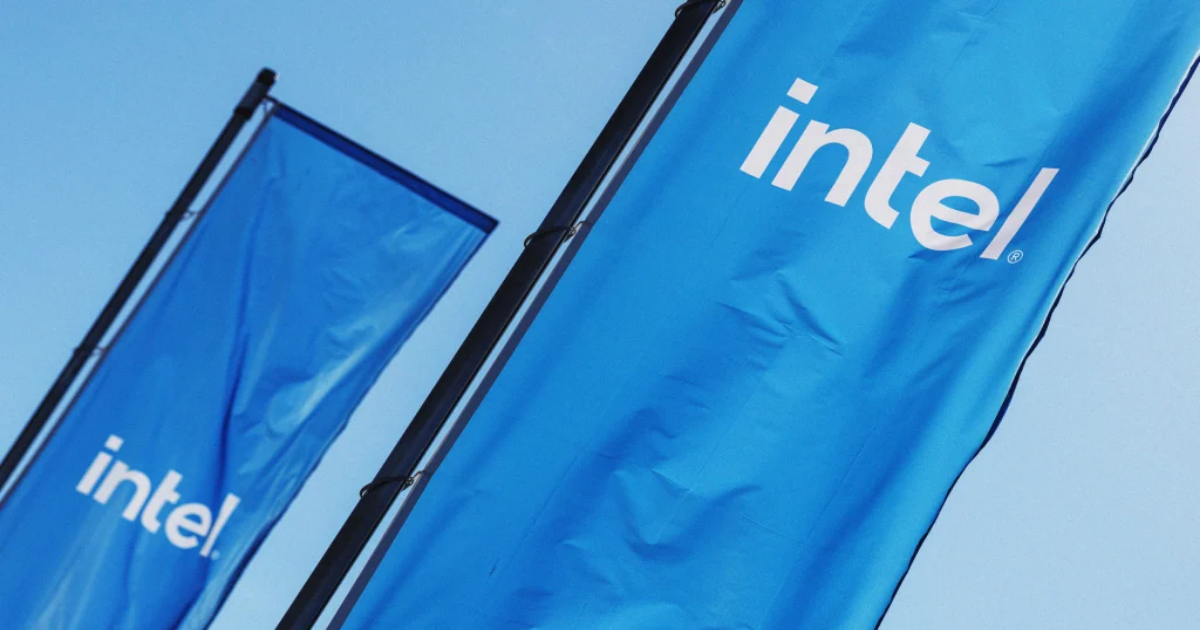
In December, Intel forced out CEO Pat Gelsinger—the man anointed to “save” the once-great semiconductor giant when he assumed the role in 2021. A distressed board that saw the company’s fortunes still plunging named Lip Bu Tan to the top job in March, and he promised to return Intel to its former glory. In a motivational speech at a company conference Tan declared, “bureaucracy kills innovation,” and he spoke plainly of the need for deep transformation, within the company—real culture-changing stuff. Now it’s clear that one early phase of Tan’s plan involves deep cost cutting, achieved by laying off 20 percent of the workforce.
Tan’s staff cuts are indeed aimed at eliminating bureaucracy, news outlet Bloomberg recently reported. The goal is to streamline company management and return to an engineering-driven culture in a restructuring intended to take the chip maker back to its roots.
Tan noted that he’d have to make “hard decisions.” While he hasn’t shared his exact plans for transforming Intel, he has admits the company “fell behind on innovating” and also promised to build out its “merchant foundry” business—where it produces, but does not design, chips for customers, according to Yahoo Finance. The news outlet heard from insiders that staffers were actually anticipating layoffs ahead of the Bloomberg report.
Tan’s cuts will affect about 21,000 workers. The company had around 109,000 employees at the end of 2024, after shedding about 15,000 workers in layoff rounds last year. Staffers who spoke to Yahoo worried that cutting more workers could damage already low morale levels inside the company, and also create chaos. This may be a case of especially bad timing, as it’s trying to introduce what the news outlet branded “a highly anticipated new manufacturing technology” in a bid to outmaneuver the leading contract chip maker, Taiwan’s TSMC.
Intel faces an uphill battle. The company once slapped “Intel Inside” stickers on billions of PCs, marking their territory in a very physical way. Major changes in the technology industry, though, saw huge customers like Apple move away from using Intel-designed processor chips, opting to use more powerful, power-efficient, mobile device-friendly chips of their own design, based on technology licensed from UK-based chip designer ARM. The rapid, dramatic rise of Nvidia as the dominant AI chip maker also knocked Intel further down the herirachy of makert leading chip makers.
Intel is far from the only tech giant to try dramatically reshaping itself by shedding staff. Other industry names like Meta and Microsoft have tried the same trick, but in this case it really does seem like Tan is following a different playbook. While Meta and Microsoft’s layoffs landed the companies in the spotlight because they involved ditching “low performing” staff, Tan’s effort may be designed to unwind a corporate culture where layers of management slowed down engineers’ ability to innovate at a pace that kept it abreast of its competitors.
Having too many complex layers of middle managers is a classic corporate culture mistake. Experts say inertia from an overly dense company structure can make it difficult to get things done and disempower workers—the people who actually drive the bottom line. They also bump up operating costs, and in this way Tan’s decisive move is a great example for any CEO attempting to turn an ailing company’s culture and fortunes around.
The final application deadline for the 2025 Inc. 5000 is Friday, April 25, at 11:59 p.m. PT. Apply Today.
Refreshed leadership advice from CEO Stephanie Mehta
